Scam Alert! How LA Taxpayers Will Get Stuck Bailing Out Wall Street!
THE CITY--While Angelenos are easily fooled, Wall Street is not. Wall Street does not buy the disinformation about a housing shortage. They know that Los Angeles has a 12% vacancy rate for apartments constructed in the last decade. Wall Street knows that means the City has been constructing too many new apartments.
Wall Street knows that more people are moving out of the City of Los Angeles than are moving into the city, meaning, LA has a net exodus over new arrivals. The amount of empty housing increases, even if nothing new is constructed. Thus, Wall Street knows the exodus means the demand has slowed, while the number of available places has grown.
Wall Street knows that developers with empty units cannot make their loan payments and that makes Wall Street unhappy. The developers are also upset. Like the species of sharks which must swim in order to breathe, developers must construct in order to survive. Any business facing a declining market for its product is doomed. The developers know that Los Angeles has “150 percent (5,874) of the units needed by above moderate income earners.” (11-17-2015 HCIDLA report to Mayor)
In response to this excess capacity, the City has turned to subterfuge:
(1) Tell Everyone That There Is a Shortage of Housing--Following the old adage, “figures don’t lie, but liars can figure,” they pretend that housing prices are soaring, therefore, there must be a shortage. Like I said, Angelenos are easily deceived, but Wall Street is not. Higher prices do not necessarily mean a shortage. And that is why Wall Street wants guaranteed bail-outs to fund additional construction. But more about the bail-outs later.
(2) How Housing Prices Are Hyped--In calculating average prices, they throw in some super high homes such as the asking price of $85 million for Eddie Murphy’s old estate in Holmby Hills – as if mansions in Holmby Hills affect prices in East Hollywood.
And there’s another scam on the public: the City reports the high advertised sales prices and high advertised rents as the amounts actually paid. The City gets this misleading data from real estate companies which have a vested interest in deceiving people into believing that prices are escalating.
There are also machinations at the low end of the market. The City has torn down over 20,000 rent controlled units. Rent controlled units have lower rents and the older units with long term tenants have the lowest rents. The demolition of rent controlled units removes low end rentals from the equation.
For example, let’s say the rent range is between the low rent of $20 and the high rent of $80. Then the average rent is $50. Tear down the $20 units, and the cheapest is now $30 so the new “average rent” is $55. Because rents have then increased by 10%, the City declares that there must be an increased demand. However, the reality is that the demand has not changed. Rather, the City has eliminated the apartments with the lowest rents.
(3) Create a Homeless Crisis--By tearing down rent controlled housing, the City throws thousands of people into the streets. Even if they could find a new rent controlled apartment, that unit’s rent would begin at market rate, which these people cannot afford.
Now, Wall Street sees a chance to make money on the backs of the poor. Here’s how the scam works:
(1) Publicize the Plight of the Homelessness--Garcetti excels at photo-ops. He may suck as a mayor, but when he’s in front of the camera, he is #1. These photo-ops then lead to a campaign to house the homeless.
At this moment, Garcetti ignores the fact that LA has a plethora of empty apartments – where we could house all the homeless who want homes. Instead, the Mayor says that we must give hundreds of millions of dollars to his friends to build apartments for the homeless. I wonder if Garcetti’s friend and campaign fund raiser Juri Ripinsky, a federal felon who served two years in Leavenworth for real estate fraud, is in line for some of this free money. He got the lucrative Paseo Plaza Project in Hollywood back when Garcetti was City Council President.
(2) Wall Street No Longer Likes Tax Rebates--There was a time when the City gave future taxes to the developers who would keep the sale taxes generated from the stores in their mixed-use projects. However, many of them collected no sales taxes because their retail space was vacant. Vacant retail space often means that many apartments are also unrented. The point of mixed-use projects is that the people who live in the building will shop at the stores. Wall Street knows that empty retail spaces portend disaster. As a result, Wall Street will no longer rely on sales tax rebates as providing the developer with the revenue stream to repay his loan.
(3) The Garcetti Administration has a dilemma--The homeless are too poor to pay rents and the more affluent already have too many available apartments. Plus, each day Los Angeles is losing more and more educated and well trained people. This leaves us with a poorer population, many of them young and elderly. Neither the newborns nor the old are demanding new housing.
Question: What can we do to keep Garcetti’s developer buddies in business?
Answer: Pre-Arranged Wall Street Bail-Outs
This solution is brilliant. In advance of a loan, the taxpayers will guarantee to bail out Wall Street. In this scam, the City itself borrows the money and gives it to the developers. That way, it’s the City that must repay the loans!
Wall Street buys City’s bonds which the taxpayers repay. The developers are left out the equation -- except they get all the money. Developers form collapsible companies call LLCs and LLPs. After the developer’s company has distributed millions of dollars to the developer, his family and his friends, the company goes bankrupt.
If the developer had borrowed the money directly from Goldman Sachs, then Goldman Sachs would be out hundreds of millions of dollars. But in this scheme, Goldman Sachs will have bought the City bonds and made no direct loans to the developers. So the City has to repay Goldman Sachs.
That is why the City is floating bonds for projects with Affordable Housing. The public is easily fooled and doesn’t realize that it’s paying the bills. The harm here is greater than one first sees. When the City uses up its credit by issuing too many bonds, it must agree to pay higher rates of interest for additional borrowing.
Thus, a secondary impact on the taxpayer is that the City cannot finance itself without incurring high debt. In anticipation of more of the City’s money going to pay off Wall Street, the City is already turning to rate hikes like the four year DWP rate increase, from which the City skims off 18%. The City also wants higher taxes to pay for transportation -- and eventually will want higher taxes for more police and paramedics.
NYC is called The Big Apple. Soon, LA will be known as The Big Scam.
(Richard Lee Abrams is a Los Angeles attorney. He can be reached at: [email protected]. Abrams views are his own and do not necessarily reflect the views of CityWatch.) Edited for CityWatch by Linda Abrams.





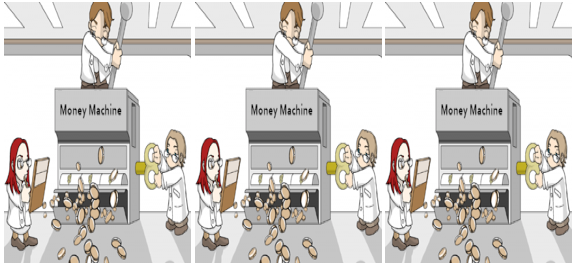
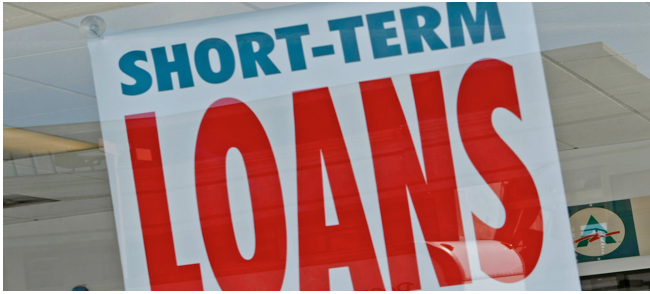


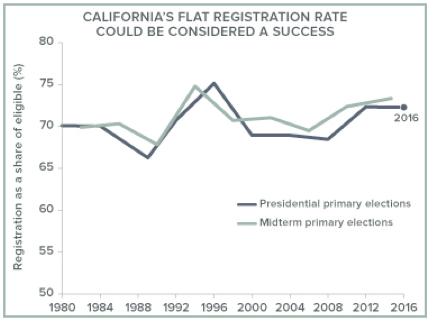



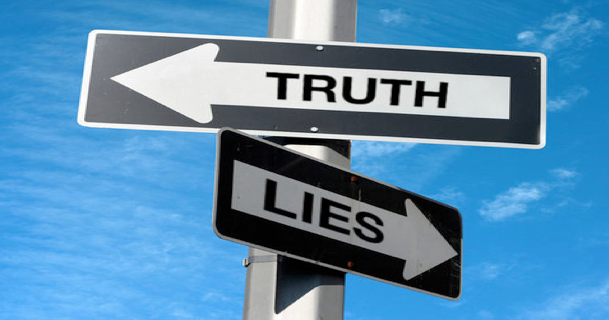
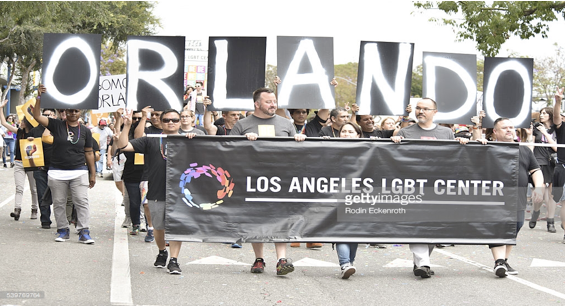
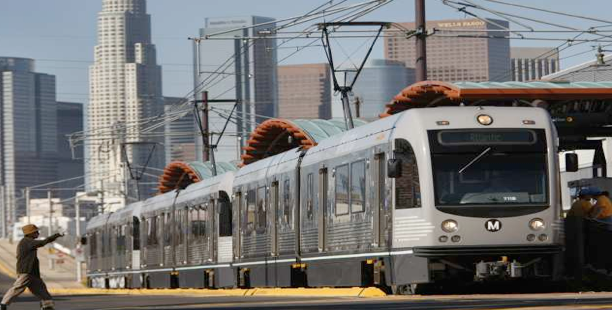


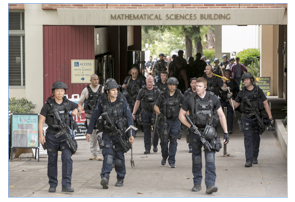 My own sense of vigilance was heightened during the time I served as department chair, especially when I would meet with irate and sometimes disturbed students. I would ask staff colleagues adjacent to me to pay special attention to any abrupt noises. I would also sit relatively close to the students and follow their hand movements in order to be able to act quickly if they took out a weapon.
My own sense of vigilance was heightened during the time I served as department chair, especially when I would meet with irate and sometimes disturbed students. I would ask staff colleagues adjacent to me to pay special attention to any abrupt noises. I would also sit relatively close to the students and follow their hand movements in order to be able to act quickly if they took out a weapon.
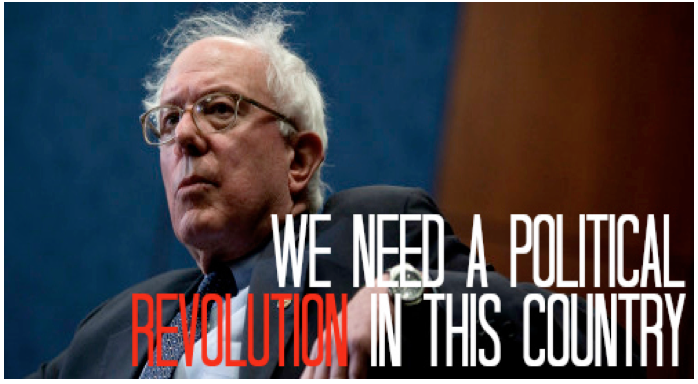
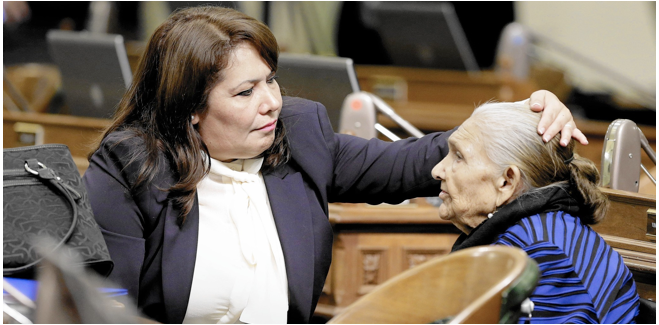

 As I read his letter of apology, I honor its painful honesty — “I failed to understand the amount of pain and frustration our participation in the 1033 program could cause in the community” — but at the same time I feel a stunned despair that such a decision was made in the first place. Indeed, the more I think about it, the more it rips my heart to shreds. Yes, yes, I understand that maintaining order in a big-city school system is an enormously difficult, complex undertaking. But, to reach out for tanks and grenade launchers?
As I read his letter of apology, I honor its painful honesty — “I failed to understand the amount of pain and frustration our participation in the 1033 program could cause in the community” — but at the same time I feel a stunned despair that such a decision was made in the first place. Indeed, the more I think about it, the more it rips my heart to shreds. Yes, yes, I understand that maintaining order in a big-city school system is an enormously difficult, complex undertaking. But, to reach out for tanks and grenade launchers?














